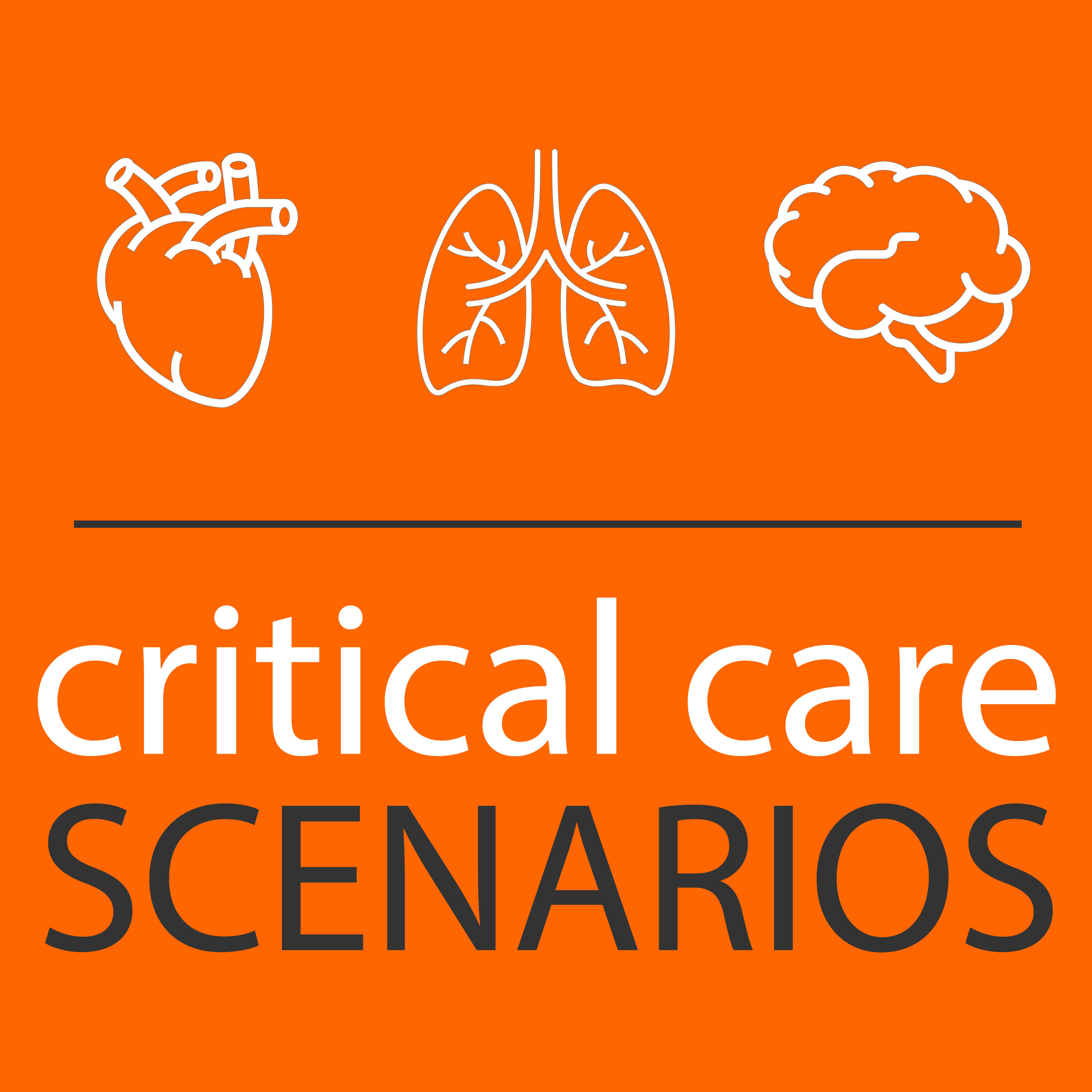Episode 71: Transplant medications with Olivia Philippart
Description
Photo by Tim Webb
We discuss the medications typically used after organ transplant, their impact on critical illness, and how to manage them when these patients show up sick—with Olivia Philippart, transplant clinical pharmacist specializing in liver and kidney transplant at University of Kentucky HealthCare.
Find us on Patreon here!
Buy your merch here!
Takeaway lessons
* Most kidney transplants will end up on a calcineurin inhibitor like tacrolimus (or the older cyclosporine), an anti-proliferative like mycophenolate mofetil (Cellcept) or the older azathioprine, and possibly corticosteroids (e.g. prednisone). Formulations for some of these may need to be adjusted based on your formulary, so consult your pharmacist to get the equipotent dose.
* How these patients present, their degree of immunosuppression, and risk of rejection, are all heavily dependent on the time since transplant. A patient 6 weeks from transplant is high risk for nosocomial infections (e.g. post-op complications). A patient years out is mainly at risk of the same infections as anybody else, in addition to opportunistic infections related to their immunosuppression.
* Latent viral infections unmasked by immunosuppression or acquired from the transplant are usually not a surprise, as these are tested for as part of the initial workup.
* The highest risk of organ rejection and hence the highest degree of immunosuppression is in organs with substantial amounts of lymphoid tissue transplanted. The highest is small bowel, then lung, then heart/kidney/pancreas, then the least in liver (liver transplant can actually overall support immune function). Some livers can be maintained on monotherapy, while lungs usually need triple therapy, and often dual therapy is used in the middle category.
* Durations of therapy for identified infections may be longer in the immunosuppressed than for routine ICU care.
* Mycophenolate is the first agent to consider dose reducing or holding in the setting of active bacterial infection. How to handle this depends on the severity of infection and degree of concern for rejection.
* Both our calcineurin inhibitors (tacrolimus and cyclosporine) are primarily cleared in the liver and gut, so when there is liver impairment or bowel problems, dose decreases are often needed. Dietary intake also reduces drug absorption whereas NPO status may increase it. These drugs are heavily protein bound so albumin fluctuations (e.g. from malnutrition) may impact free levels.
* Drug interactions are common as well; CYP3A4 or PGP inhibitors like diltiazem or verapamil, azole antifungals, amiodarone, macrolides (although not azithromycin), and paxlovid will tend to increase levels, while inducers like phenytoin or phenobarbital will tend to decrease them.
* Overall, the therapeutic index of the calcineurin inhibitors is small, so have a low threshold for checking trough levels early and often.
* After holding a dose, the serum levels will normalize within 3-5 half-lifes, but full return of immune function may take several weeks. However, the baseline level of immunosuppression is usually not so profound that the difference between “off” and “on” is huge and binary.
* Organ rejection is possible but rare when drugs are acutely held (for days, maybe a week or two) in setting of severe infection, as this is already a relatively immunosuppressed state. However,
More Episodes
The difference between people and institutions.
Find us on Patreon here!
Buy your merch here!
Published 05/01/24
Published 05/01/24
We discuss the role of point-of-care ultrasound in evaluating the patient with kidney injury and assessing volume status, with Abhilash Koratala (@nephroP), nephrologist, Director of Clinical Imaging for Nephrology at the Medical College of Wisconsin, and champion of nephrology-focused...
Published 04/24/24


